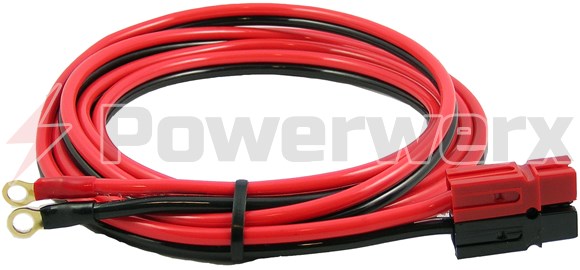OaklandF4i
Darwin's exception
First, I am an electrical naivete.
The Bike is an XR400R with an aftermarket 200w stator that has two lighting coils of 100w each.
One 100w lighting coil is wired for my race light with an AC regulator, both AC Reg and Light grounded to frame.
The other 100w output is wired to a Baja Designs regular/rectifier. grounded to frame - no battery. The rectified DC power is for my led tail/brake light, rear blinkers, Trailtech endurance computer, and powered Amps Rugged mount for my Montana GPS.
I am trying to run this system without a battery. The Amps Rugged mount can run off 10-50v according to its specs. There is plenty of available power even at idle...
The problem I am having is the BD designs Reg/Rec doesnt seem to like the the seperate/second AC side of the system for my headlight grounded to the frame at the same time.
When I ground the AC side of the system to the frame, the Reg/Rect DC voltage output drops from a strong 12.5+/- volts at idle to below 10 or less and more so as rpms increase. If I disconnect the AC headlight system side ground, the Reg/Rect works as designed with little voltage fluctuation through out the rev range. Its not load related, happens with no DC load as well.
Questions:
So the AC systems ground is obviously affecting the DC side reg/rect using the frame as a common ground. To someone more familiar with electrical, this might be duh... yeh. Can you explain how/why this happens?
I obviously need to isolate the two systems grounds. If there a way to do so without a battery or capacitor?
I have read I may need to "float" the DC systems ground. Ie use a battery and ground the DC side to the battery and only the battery (or capacitor). Is that correct and will that work? I like the idea of a capacitor over a battery. Would that work and how do I figure out how large a capacitor it would need? Then again, the Baja Designs or even Tusk dual sport kit battery is cheap.
Are there other solutions? Am I missing anything?
Thanks in advance for helping to shed light on my limited electrical knowledge. :thumbup
The Bike is an XR400R with an aftermarket 200w stator that has two lighting coils of 100w each.
One 100w lighting coil is wired for my race light with an AC regulator, both AC Reg and Light grounded to frame.
The other 100w output is wired to a Baja Designs regular/rectifier. grounded to frame - no battery. The rectified DC power is for my led tail/brake light, rear blinkers, Trailtech endurance computer, and powered Amps Rugged mount for my Montana GPS.
I am trying to run this system without a battery. The Amps Rugged mount can run off 10-50v according to its specs. There is plenty of available power even at idle...
The problem I am having is the BD designs Reg/Rec doesnt seem to like the the seperate/second AC side of the system for my headlight grounded to the frame at the same time.
When I ground the AC side of the system to the frame, the Reg/Rect DC voltage output drops from a strong 12.5+/- volts at idle to below 10 or less and more so as rpms increase. If I disconnect the AC headlight system side ground, the Reg/Rect works as designed with little voltage fluctuation through out the rev range. Its not load related, happens with no DC load as well.
Questions:
So the AC systems ground is obviously affecting the DC side reg/rect using the frame as a common ground. To someone more familiar with electrical, this might be duh... yeh. Can you explain how/why this happens?
I obviously need to isolate the two systems grounds. If there a way to do so without a battery or capacitor?
I have read I may need to "float" the DC systems ground. Ie use a battery and ground the DC side to the battery and only the battery (or capacitor). Is that correct and will that work? I like the idea of a capacitor over a battery. Would that work and how do I figure out how large a capacitor it would need? Then again, the Baja Designs or even Tusk dual sport kit battery is cheap.
Are there other solutions? Am I missing anything?
Thanks in advance for helping to shed light on my limited electrical knowledge. :thumbup


